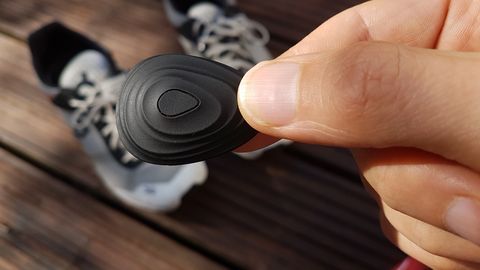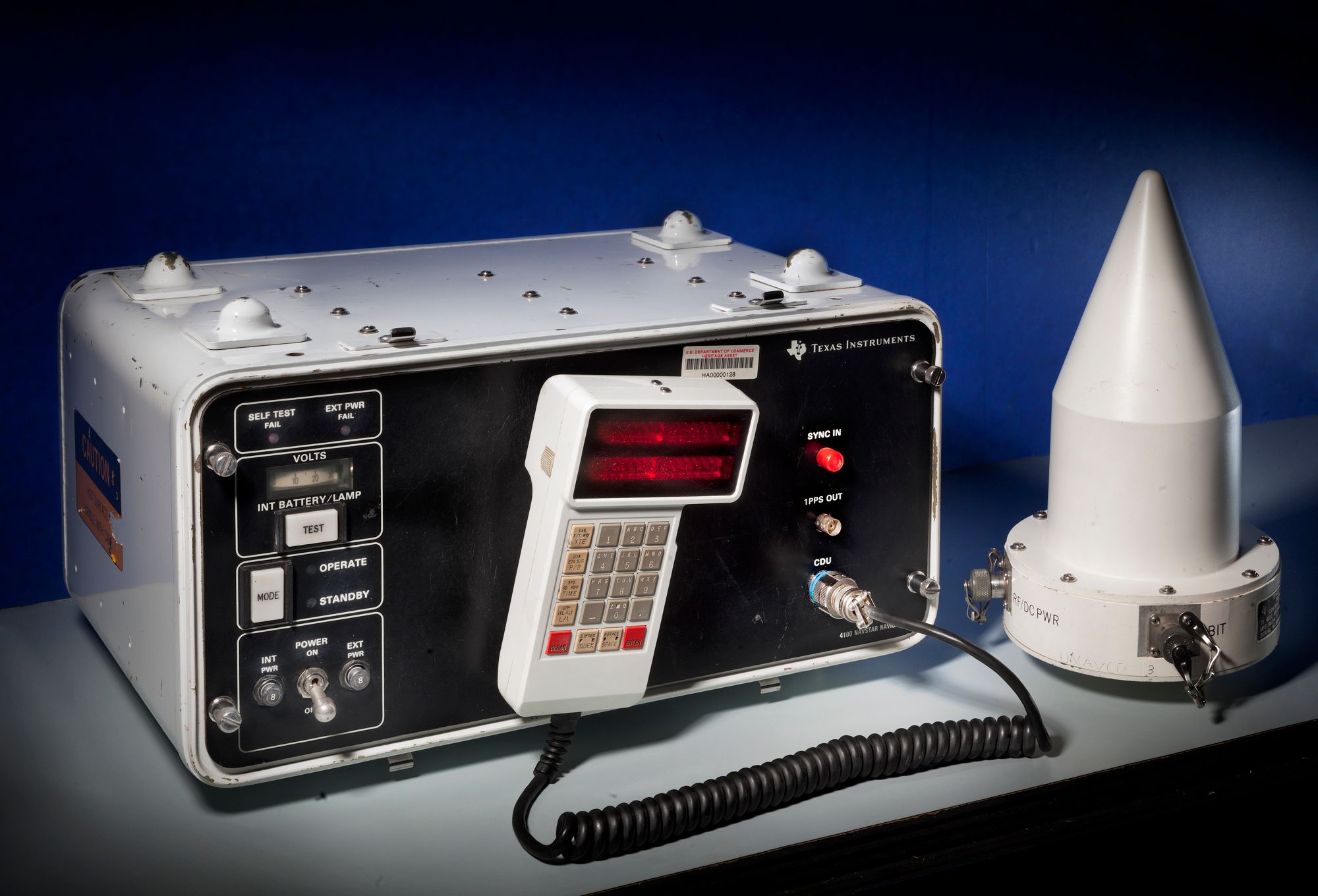We gathered at dawn one morning, when the fog was so thick you couldn't see your hand in front of your face. We ran south from Rydebäck towards Landskrona.
The sun rose as we ran, and the fog lifted, revealing the changing landscape. Mattias stopped to take a photo, one of the most beautiful running photos I've ever seen.
In the midst of all this beauty, my body was a Bluetooth network. The optical heart rate monitor around my arm and the Stryd foot pod on my shoe were sending data to my Polar v800 GPS watch. The watch was recording my position, stride length, cadence, distance, pace, heart rate, and elevation gain. The data was then processed into watts, the power my body was delivering in real time. I was producing 240 watts at a leisurely pace along the coast.

With that information, I know how hard I can push my body for several hours without 'bonking' when the muscle cells don't get enough oxygen for a long time. Without oxygen, muscles work anaerobically in "panic mode" and slowly fill up with waste product.
The foot pod has wireless induction charging, 20 hours of battery life, and weighs 7 grams. It has a tri-axis gyro, microprocessor, and Bluetooth interface. The manufacturer Stryd sells the foot pod for $200.
Now I can track my exercise in a whole new way: power. What can my body deliver over several hours? Am I training right? What do I need to work on? And when it is race time, I can be sure I'm not pushing too hard up and downhill.
In the past, I ran on feeling, heart rate, pace, and perceived exertion. Now I have a single value to keep track of the right pace during training and long runs.
Most impressive is that it works. After five years of regular running, I've gotten to know my pace limits and heart rate zones for running long distances without lactic acid - the power data I get from Stryd confirms them.
It's easy to miss that the first commercial GPS receiver was the TI-4100 NAVSTAR, launched in 1981 and weighing 24 kilos.
